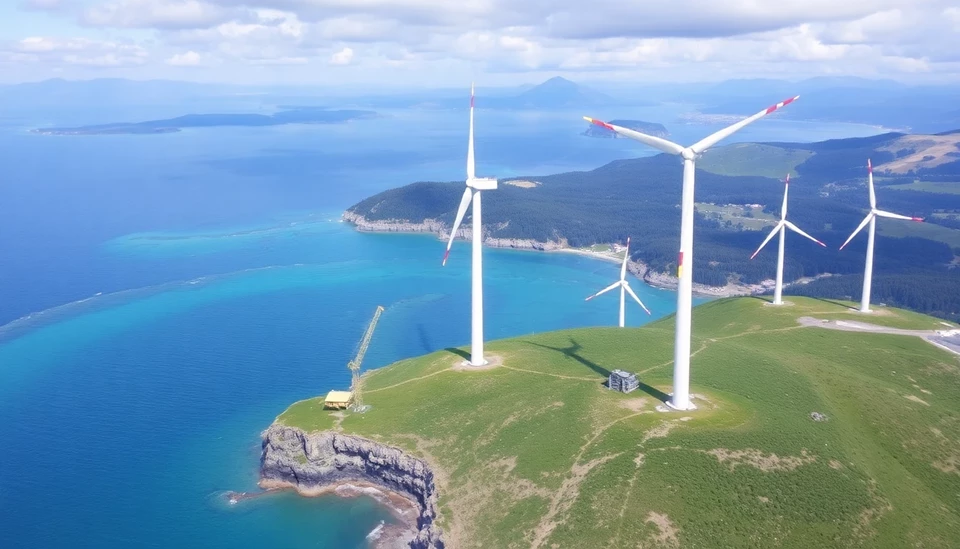
As Europe increasingly relies on renewable energy to meet its climate goals, concerns are escalating regarding the limits of wind power expansion across the continent. A combination of environmental constraints, infrastructure challenges, and regulatory hurdles is testing the feasibility of further wind farm development in various regions, raising alarms about the future of sustainable energy in Europe.
Recent data indicates that while wind energy has seen significant growth, reaching a record contribution to the energy grid, the headway in new installations has begun to plateau. Industry experts warn that the rapid pace of wind power deployment faces saturation in key markets, leading to a potential oversupply of wind energy in certain areas while others may still lack adequate infrastructure.
The underpinnings of this slowdown stem from a variety of factors. One of the most significant issues is the increasing difficulty in identifying suitable locations for new wind farms. Many prime sites have already been developed, and finding new, impactful locations is becoming increasingly challenging due to environmental regulations and land-use conflicts. The need to balance ecological preservation with energy requirements is more pressing than ever, leading to potential delays in new projects.
Moreover, as the wind energy sector matures, competition for available projects becomes intense, and regulatory bureaucracies can prolong the permitting processes significantly. These factors not only hinder the growth of wind farms but also pose risks to the reliability of energy supply in the long term as Europe embarks on its ambitious decarbonization journey, aiming for carbon neutrality by 2050.
In addition to location and regulatory challenges, the evolving landscape of energy storage technology presents its own set of complications. As reliance on wind energy increases, the question of how to adequately store excess energy during peak generation periods becomes critical, particularly as European countries strive to integrate a larger share of renewables into their overall energy mix.
Europe’s focus on wind energy initiatives seems paramount in the context of geopolitical tensions, particularly in light of recent energy supply disruptions linked to global events. Policymakers are under pressure to diversify energy sources and reduce dependence on fossil fuels. However, as wind power approaches its "limit," strategizing on alternative renewable technologies, such as solar and hydroelectric, is crucial for maintaining energy security and stability.
The complexities surrounding wind power expansion highlight the urgent need for innovative solutions and greater collaboration among governments, industry leaders, and environmental advocates. Collective efforts may enable Europe to navigate these constraints effectively, ensuring that the transition towards renewable energy does not falter as a result of infrastructural limitations or resource scarcity.
In summary, while Europe has made significant strides in the wind power sector, reaching an inflection point necessitates an adaptive approach. This includes refining regulatory processes, enhancing energy storage capabilities, and exploring new technologies to foster a sustainable energy future that aligns with climate commitments.
As the continent stands at a crossroads in its energy transition, the coming years will be crucial for redefining its energy landscape and advancing towards a greener, more resilient future.
#WindPower #RenewableEnergy #SustainableFuture #EnergyTransition #ClimateGoals #EuropeEnergy #InfrastructureChallenges #GreenEnergy
Author: Peter Collins




